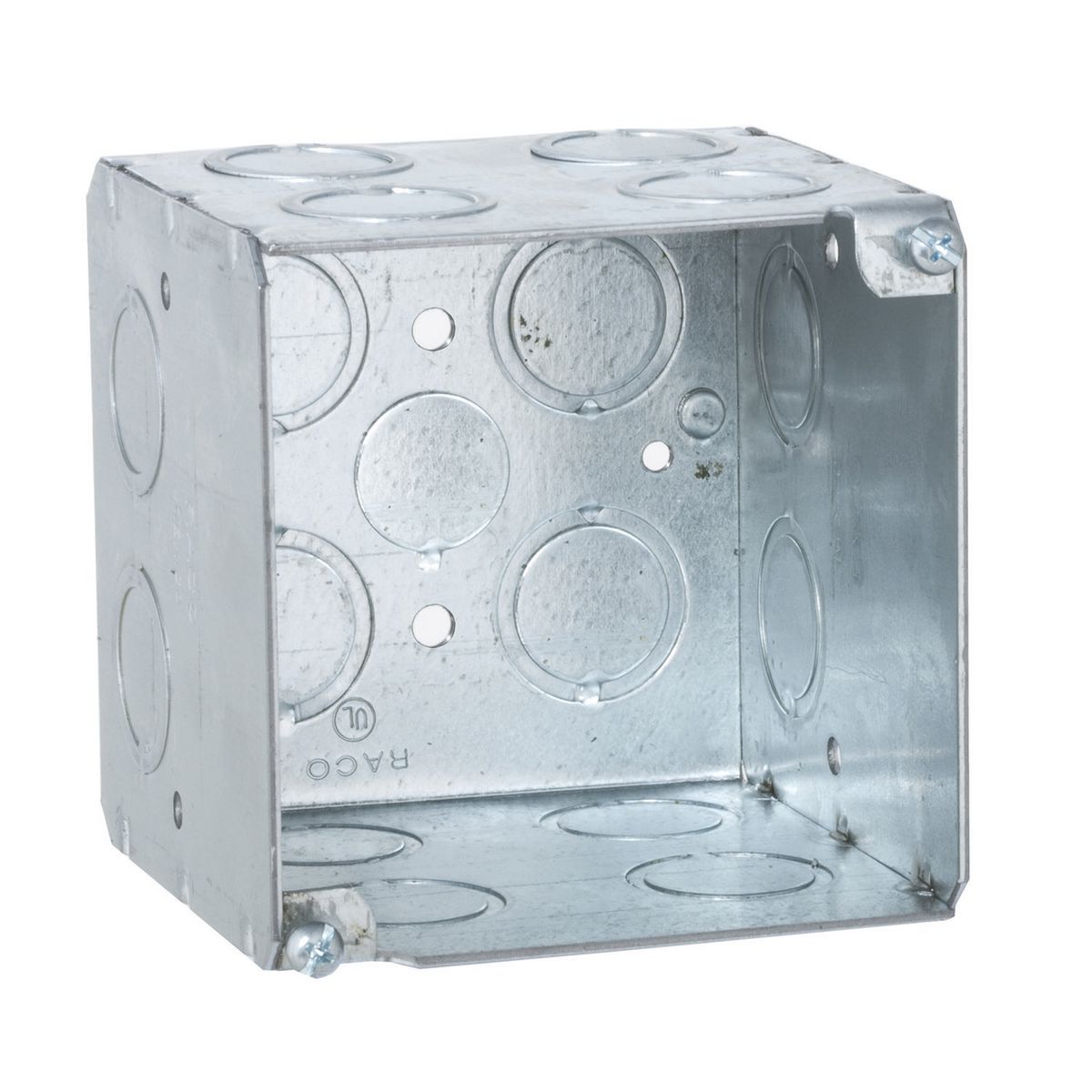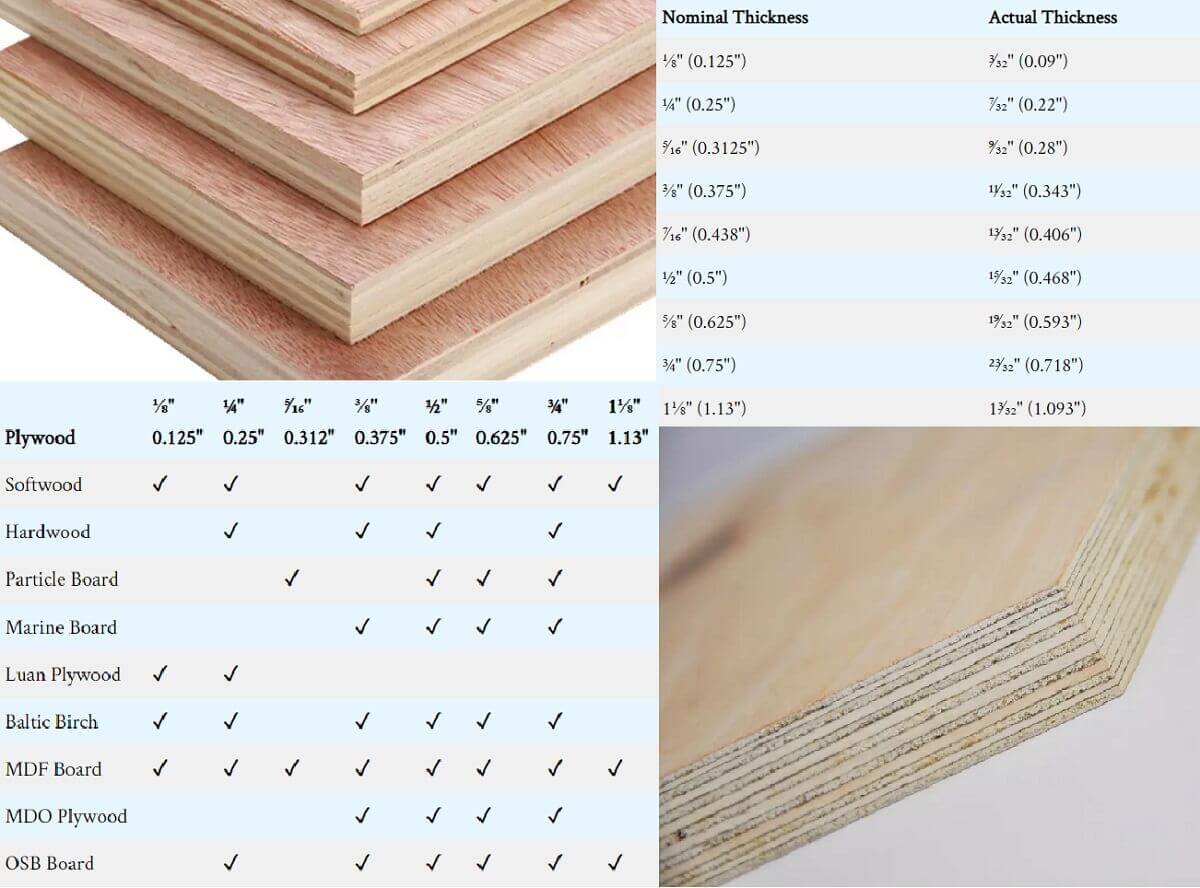Are you wondering if you can use a Kreg Jig on 1/2 plywood? Well, you’ve come to the right place! Let’s dive into this woodworking question and find out all about it.
The Kreg Jig is a popular tool among DIY enthusiasts and professional woodworkers alike. It’s designed to make joinery tasks easier and more efficient. But when it comes to using it on 1/2 plywood, there are a few things to consider.
In this article, we’ll explore whether the Kreg Jig can be used on 1/2 plywood, discuss the potential challenges you might face, and provide helpful tips to ensure successful woodworking projects. So, let’s get started and unravel the mysteries of using a Kreg Jig on 1/2 plywood!

Can You Use a Kreg Jig on 1/2″ Plywood?
When it comes to woodworking projects, the type of material you use can greatly impact the success of your endeavor. Plywood is a popular choice for many DIYers due to its affordability and versatility. However, when working with thin plywood, such as 1/2″, some concerns arise. In this article, we’ll explore whether a Kreg Jig, a popular pocket hole jig, can be used effectively on 1/2″ plywood. We’ll delve into the benefits, tips, and considerations when using a Kreg Jig on thin plywood.
Understanding the Basics of a Kreg Jig
Before we dive into the specific question of using a Kreg Jig on 1/2″ plywood, let’s take a moment to understand what a Kreg Jig is and how it works. A Kreg Jig is a woodworking tool that creates pocket holes, which allow you to join two pieces of wood together using screws. These pocket holes are created at an angle, typically 15 degrees, and provide a strong, hidden joint. The Kreg Jig is known for its simplicity, ease of use, and ability to create strong connections.
When it comes to plywood, the Kreg Jig can be a useful tool for creating strong and durable joints. However, there are some considerations to keep in mind when working with 1/2″ plywood due to its thinness and potential for splintering. Let’s explore these considerations in more detail.
Considerations When Using a Kreg Jig on 1/2″ Plywood
When using a Kreg Jig on 1/2″ plywood, there are a few important factors to consider. The first is the thickness of the pocket hole screws you use. It’s essential to choose screws that are appropriate for the thickness of the material you’re working with. For 1/2″ plywood, using 1″ or 1-1/4″ screws is typically recommended.
Another factor to consider is the potential for splintering. Thin plywood, such as 1/2″, is more prone to splintering when drilled or screwed into. To minimize splintering, it’s important to use sharp drill bits, go slow, and apply consistent pressure. You can also use a sacrificial piece of scrap wood underneath the plywood to help prevent tear-out.
Additionally, it’s a good idea to use glue along with the pocket holes when joining 1/2″ plywood. The glue provides added strength and stability to the joint. Use a high-quality woodworking glue, apply it carefully, and make sure the surfaces are clean and free from dust or debris before gluing.
Benefits of Using a Kreg Jig on 1/2″ Plywood
Despite the considerations and potential challenges, using a Kreg Jig on 1/2″ plywood offers several benefits. Firstly, it allows you to create strong and secure joints, making your woodworking projects more durable. The pocket holes created by the Kreg Jig provide excellent holding power, even on thinner materials like 1/2″ plywood.
Furthermore, the Kreg Jig offers convenience and ease of use. Whether you’re a beginner or an experienced woodworker, the Kreg Jig simplifies the process of joining pieces of wood together. Its intuitive design and straightforward operation make it a valuable tool in any woodworking arsenal.
Lastly, using a Kreg Jig on 1/2″ plywood gives you the flexibility to join pieces of different thicknesses. This allows for greater versatility in your projects, as you can easily join plywood with thicker or thinner materials. The Kreg Jig accommodates a range of material thicknesses, making it a versatile solution for various woodworking applications.
Factors to Consider When Using a Kreg Jig on 1/2″ Plywood
Now that we’ve discussed the basics, considerations, and benefits of using a Kreg Jig on 1/2″ plywood, let’s delve into a few more factors to consider when working with this combination:
Screw Selection:
Choosing the right screws is crucial when using a Kreg Jig on 1/2″ plywood. Opt for screws that are appropriate for the material thickness, such as 1″ or 1-1/4″ screws for 1/2″ plywood.
Clamping:
Clamping the plywood securely before drilling the pocket holes helps prevent shifting and ensures accurate results. Use clamps or a dedicated pocket hole clamp for added stability.
Drill Bit Selection:
Using a sharp drill bit specifically designed for pocket holes is essential. Dull or incorrect drill bits can cause splintering or unsightly results. Consider investing in high-quality drill bits for optimal performance.
Edge Banding:
If you’re concerned about the exposed plywood edges, consider adding edge banding. This can improve the appearance and durability of the plywood edges. Ensure that the edge banding material matches the thickness of the plywood.
Gluing:
As mentioned earlier, using glue in combination with pocket holes enhances the strength of the joint. Apply a thin, even layer of woodworking glue and clamp the pieces together until the glue fully cures.
Conclusion:
Using a Kreg Jig on 1/2″ plywood is a viable option for creating strong and durable joints. By considering the thickness of the screws, implementing techniques to minimize splintering, and using glue for added strength, you can successfully utilize a Kreg Jig on thin plywood. Remember to take your time, use the appropriate tools and techniques, and always prioritize safety. With patience and practice, you’ll be able to create beautiful and sturdy woodworking projects using a Kreg Jig and 1/2″ plywood.
Can you use a Kreg Jig on 1/2 plywood? – Key Takeaways
- Yes, you can use a Kreg Jig on 1/2 plywood.
- Ensure you use the correct screw length for 1/2 plywood.
- Using a pocket hole jig will create strong joints on 1/2 plywood.
- Adjust the Kreg Jig settings for 1/2 inch material thickness.
- Follow the instructions provided by Kreg when using the jig on 1/2 plywood.
Frequently Asked Questions
Welcome to our Frequently Asked Questions section, where we provide answers to common questions about using a Kreg Jig on 1/2 plywood. If you’re interested in learning more about this topic, you’ve come to the right place!
Can I use a Kreg Jig on 1/2 inch plywood?
Yes, absolutely! The Kreg Jig is designed to work with a wide range of material thicknesses, including 1/2 inch plywood. The key to success is to use the appropriate screw length to ensure a strong and secure joint. For 1/2 inch plywood, it’s recommended to use 1-inch screws. This will provide enough depth for the screw to penetrate the plywood and create a sturdy connection.
When using a Kreg Jig on 1/2 inch plywood, it’s important to adjust the settings according to the material thickness. Follow the instructions provided with your Kreg Jig to set the drill guide and stop collar to the correct settings. This will ensure that the pocket holes are drilled at the right depth and angle for optimal results.
Do I need to use a specific type of screw for 1/2 inch plywood with a Kreg Jig?
When joining 1/2 inch plywood with a Kreg Jig, it’s important to use the appropriate screw type to ensure a strong and secure joint. For plywood, it’s recommended to use fine-threaded screws. The fine threads offer better holding power in plywood and reduce the risk of the screws pulling out over time. Make sure to choose the right length of screws, typically 1 inch, to accommodate the 1/2 inch plywood thickness.
Additionally, it’s a good practice to pre-drill pilot holes before inserting the screws. This will prevent the plywood from splitting and make it easier to drive the screws into place. The Kreg Jig comes with a stepped drill bit that facilitates this process, ensuring precise pilot holes for a seamless assembly.
Can I use a Kreg Jig to join multiple layers of 1/2 inch plywood?
Yes, you can certainly use a Kreg Jig to join multiple layers of 1/2 inch plywood. It’s a great way to create sturdy and seamless connections. When working with multiple layers, it’s important to align the plywood pieces properly to ensure a flush and even joint. The Kreg Jig helps in achieving precise positioning by providing accurate pocket holes for screw insertion.
Keep in mind the material thickness when choosing the appropriate screw length. If you’re joining two layers of 1/2 inch plywood, the combined thickness will be 1 inch, so you’ll need screws that are long enough to accommodate this thickness. Using 1 1/4-inch screws should provide enough depth to securely fasten the multiple layers.
Can the Kreg Jig be used with different types of wood, besides plywood?
Absolutely! The Kreg Jig is compatible with a wide variety of wood types, not just plywood. Whether you’re working with solid wood, particle board, MDF, or other sheet materials, the Kreg Jig can create strong and reliable joints. Just make sure to adjust the settings of the Kreg Jig according to the material thickness to achieve optimal results.
The versatility of the Kreg Jig allows you to tackle various woodworking projects, from furniture construction to cabinetmaking. With the right adjustments and screw choices, you can create sturdy connections in different wood types, expanding your woodworking possibilities.
Is the Kreg Jig suitable for joining 1/2 inch plywood for outdoor projects?
While the Kreg Jig is a reliable tool for joining wood, including 1/2 inch plywood, it’s important to consider the environment in which the project will be placed. If you’re planning to use 1/2 inch plywood for outdoor projects exposed to the elements, additional considerations are necessary to ensure durability.
For outdoor applications, it’s recommended to use appropriate wood treatments and sealants to protect the plywood from moisture and other environmental factors. Adding glue to the joints in conjunction with the Kreg screws can also enhance the overall strength and weather resistance of the connection. These precautions will help ensure that your 1/2 inch plywood projects withstand the outdoor conditions for a longer period.

Summary
You can use a Kreg Jig on 1/2-inch plywood, but there are some important things to consider. The Kreg Jig is designed for use with materials that are at least 1/2 inch thick or more. However, plywood can sometimes have slight variations in thickness, so it’s crucial to measure it before drilling pocket holes. Additionally, using a shorter screw length, like 1 inch, may be necessary to avoid poking through the thinner plywood.
When using the Kreg Jig on 1/2-inch plywood, it’s important to be cautious and measure the thickness. Adjustments may need to be made, such as using shorter screws, to prevent any damage to the material. As always, following the instructions and taking proper precautions will help you achieve the best results.
